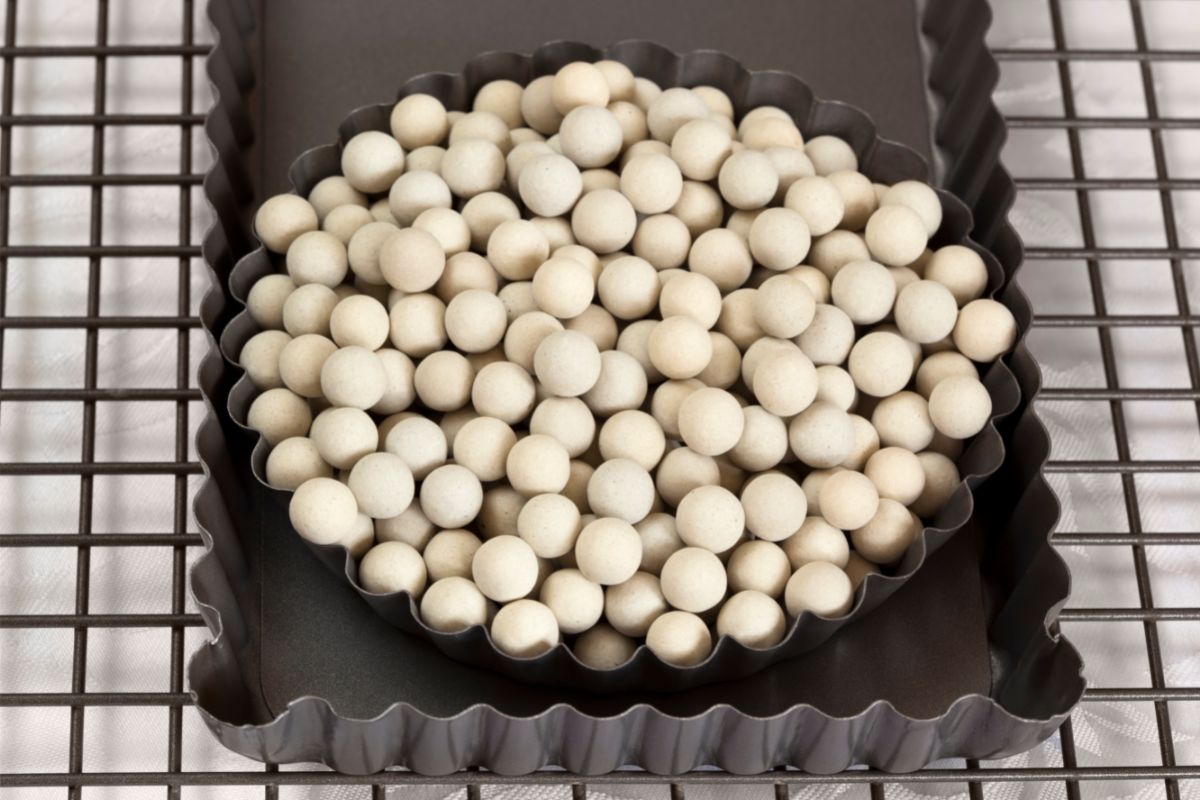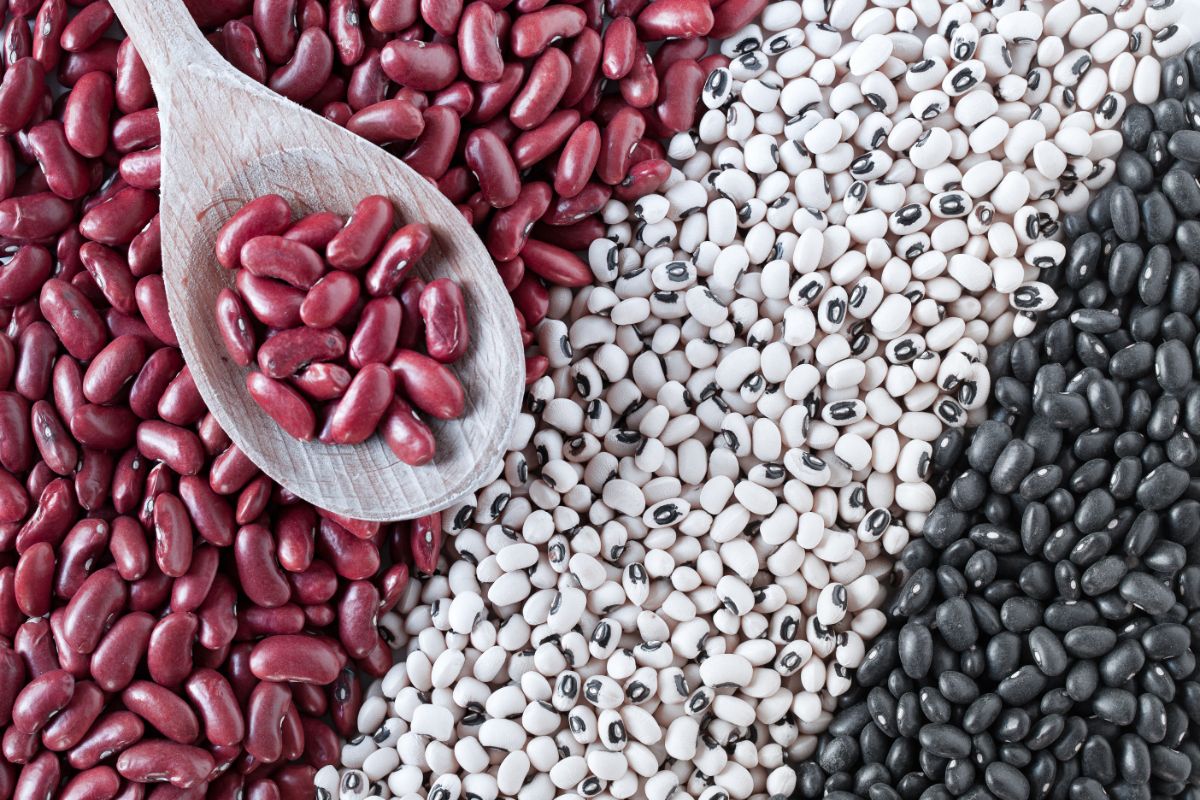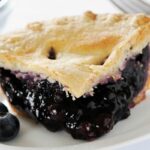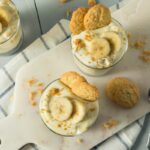When you’re baking a pie, you may need to pre-bake the crust before you add the filling. This is known as ‘blind baking’, and if you’re doing it then you’ll need some pie weights.
These ceramic balls keep the pastry from puffing up and make sure that heat is evenly distributed across the crust.

If you don’t have any pie weights, you’ll need to find an alternative. But what are the best things to use instead of pie weights?
Don’t worry – we’ve got you covered! In this handy guide, we’ll take you through the best alternatives to pie weights, so you can bake without fear!
So let’s get started, shall we?
What Are Pie Weights (And How Do You Use Them)?
Before we can cover the best alternatives to pie weights, let’s take a look at what pie weights actually are in the first place.
Pie weights, as their name suggests, are small ceramic balls that are used to weigh down the base of a pie crust while it’s baking.
Designed to prevent the base from puffing up in the oven, pie weights act as a sort of stand-in for the filling before it’s added in the second round of baking.
Pie weights are small balls that are typically made of ceramic, but can also be made out of metal in some cases.
Despite their name, pie weights aren’t actually that heavy – they are meant to simply weigh down the pie crust enough that it doesn’t rise too much, and if they’re too heavy they would sink through the base of the pie crust.
They are also designed to give the crust some stability while it’s pre-baking; the crust can slump down and collapse without any support, so using pie weights gives the crust the stability it needs.
Pie weights are placed on top of a lining, typically either baking parchment or muslin cloth. This is because, if they were simply placed directly onto the crust, they would leave impressions all over the pastry and bake the weights into the crust itself.
It would also make it far harder to remove them when you’re done pre-baking, while lining the crust beforehand means you can simply lift them all out at once.
The Best Alternatives To Pie Weights
So now that we’ve looked at what pie weights are, we can start going through the best alternatives you can use instead!
1) Dried Beans/Rice
Dried beans or dried rice are some of the most convenient options out there, and are a simple, easy replacement if you’re caught without normal pie weights.
Their shape and weight make them a great substitute, providing just the right amount of weight without sinking into the pastry.
Just bear in mind that you won’t be able to use the beans or rice in a recipe after you bake them. However, their low cost and high availability means that this shouldn’t be an issue.
You can also reuse the beans or rice as often as you need, so put them in a labeled container and use them again and again until you get some proper pie weights.
2) River Stones
Seeing as regular pie weights are essentially just small, round stones, it makes sense that using actual stones is a great alternative in a pinch.
River stones are your best bet here – their smooth surface will evenly distribute heat and weight across the crust to prevent raw/burned patches or dents in the pastry.
Aim for stones that are as even a size as possible, as this ensures that the heat will be evenly distributed across the entire crust. You should also try to find smaller river stones rather than larger ones.

While this can be a bit trickier to do, it will make sure that you can cover the pie crust with an even weight and avoid any gaps.
It’s also important to wash the stones thoroughly before using them as pie weights, and make sure they’re completely dry before putting them in the oven.
3) Ball Bearings
As we’ve already mentioned, some types of pie weights are made out of metal. This makes steel ball bearings a great alternative to pie weights; in fact, they can even be better than regular ones!
Because they are made of metal, ball bearings are great at conducting heat and redistributing it to the pie crust. This gives the pastry an extra bit of crispiness, and ensures that the pie crust is thoroughly cooked.
You can also use a metal chain in a pinch, although this isn’t quite as effective at spreading its heat evenly. Be careful when taking the ball bearings out of the pie crust, as the metal will stay hot for longer than normal ceramic pie weights would.
4) Another Pie Dish
What’s the easiest way to fill a pie dish evenly? With another pie dish, of course!
Using a second, slightly smaller pie dish will ensure that there is a perfectly even distribution of heat and weight across the crust, and is the perfect shape already!
Because it’s designed to be used in the oven, this second pie dish is a great conductor of heat, giving your crust a deliciously crispy top.
It’s also an incredibly convenient option, and you can easily place it and remove it without having to struggle to manage a ton of tiny balls.
5) Glass Marbles
Like ball bearings, glass marbles are another perfect replacement for ceramic pie weights. With their near-identical size, shape, and weight, marbles are practically a 1:1 substitute for normal pie weights.
There is a risk with using these, however, as the glass can occasionally crack or shatter from the heat of the oven.
To avoid this, steer clear from marbles that have a bubbly interior – the air inside the marble can expand in the heat and cause the glass to break.
Luckily, as long as you’ve properly lined the pie crust before adding the marbles, you won’t have to worry about shards of glass in your pie crust!
Final Thoughts
Pie weights are really important when blind baking, and will help you make sure that your pie crust stays just how you need it. So next time you’re making a pie and find yourself without pie weights, don’t panic!
Just use one of these handy alternatives, and you can get back to baking in no time!
- How To Reheat A Cheesesteak - November 5, 2023
- What Are Three Must Have Kitchen Knives? - September 22, 2023
- How To Protect Edges Of Pie Crust - June 15, 2023








